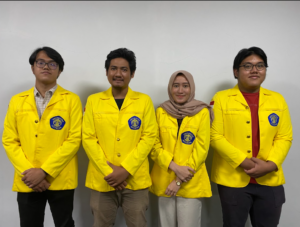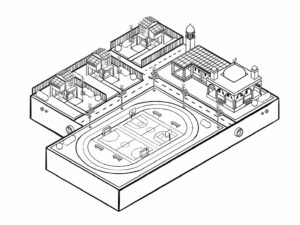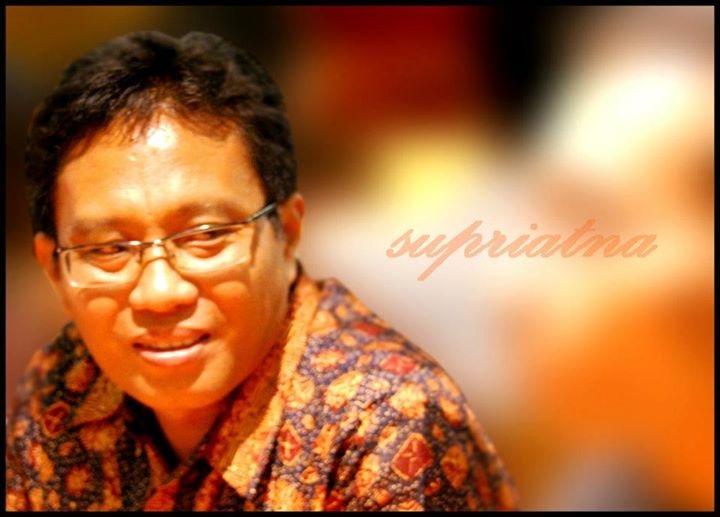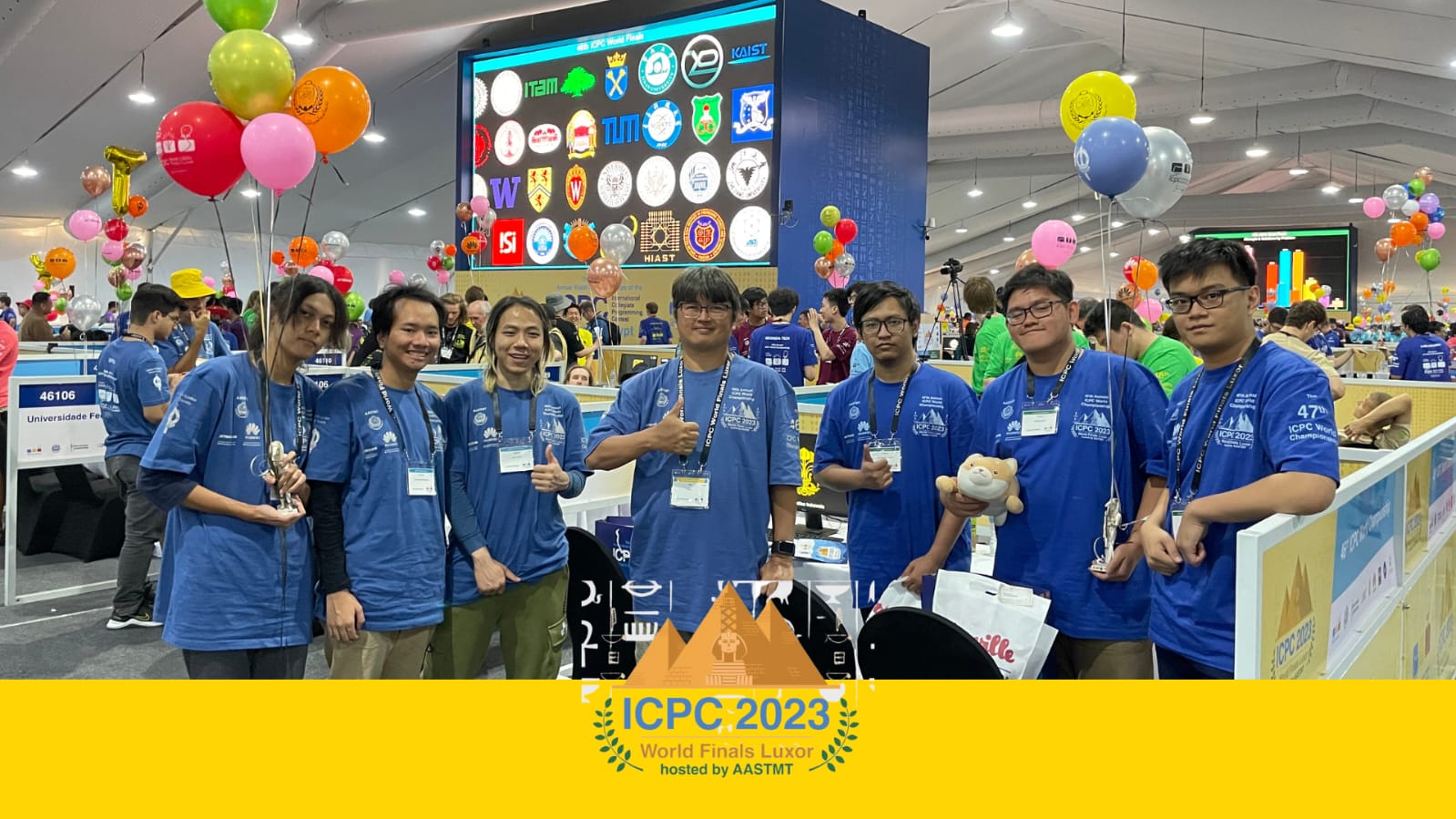The use of electrical energy in the household sector in Indonesia ranks first for the last 5 years. However, people will continue to depend on state power company (PLN) with an estimated demand for electricity that will continue to increase until it reaches 2,300 Terra Watt hour (TWh) in 2050. This is very worrying considering the potential for electricity that can be generated from renewable energy is only around 500 TWh. In other words, dependence on fossil-powered power plants will continue for decades to come. However, according to the Minister of Energy and Human Resources, Arifin Tsarif, it is estimated that oil in Indonesia will run out within 9 years, natural gas will run out in 22 years, and coal will run out in 65 years. This shows the urgency for a massive shift to new and renewable power generation alternatives, especially in the household sector which contributes the highest electricity consumption.

Against this important background, the PKM-Written Futuristic Idea Team (PKM-GFT) at the University of Indonesia, which consisted of five FT UI students, namely Ahmad Zufar A. (Computer 2019), Fulky Hariz Z. (Computer 2019), Muhammad Ilham (Computer 2019) ), Nur Hanifah L. (Industry 2019), and Firda Hanna I. (Industry 2019) carry a big idea, namely the “Energy-Independent House” system. Idea
Energy-Independent House is an energy-independent home system that integrates a clean energy-based power generation system consisting of several subsystems, which are solar panel, piezoelectric, water turbineand wind turbine. This system is intended to create areas with houses that can generate electricity from sunlight, pressure from footrests on the floor, rainwater, and wind so that they can replace electricity consumption patterns based on fossil energy into new and renewable energy. The estimated amount of electric power generated by an Energy-Independent House reaches 3.657 kWh. Thus, this system can meet the average household electricity needs in Indonesia, which is 3.04 kWh, and is suitable for long-term electricity use without any negative side effects resulting from using 100% new and renewable energy.

The concept of this Energy-Independent House can of course also be applied in larger areas such as housing, where it is necessary to make a generator or main generator that is empowered to turn on street lights or so on. The source of electricity for the generator can come from residential parks that are intended for playing or exercising. The source of electricity for the generator can come from residential parks that are intended for playing or exercising. Such as jogging tracks with piezoelectric coated paving blocks and also public gyms equipped with treadmills and static bicycles that can drive turbines to generate electricity. Seeing the huge potential benefits from this idea, the team also hopes that government agencies together with other parties can realize this Energy-Independent House system. Not only in a few places, but massively throughout Indonesia in the future. This is for the sake of realizing energy sustainability, smart and green city areas, reducing community losses due to power outages, and achieving the goals of the Sustainable Development Goals in Indonesia. Author: PKM-GFT Team (FTUI)




